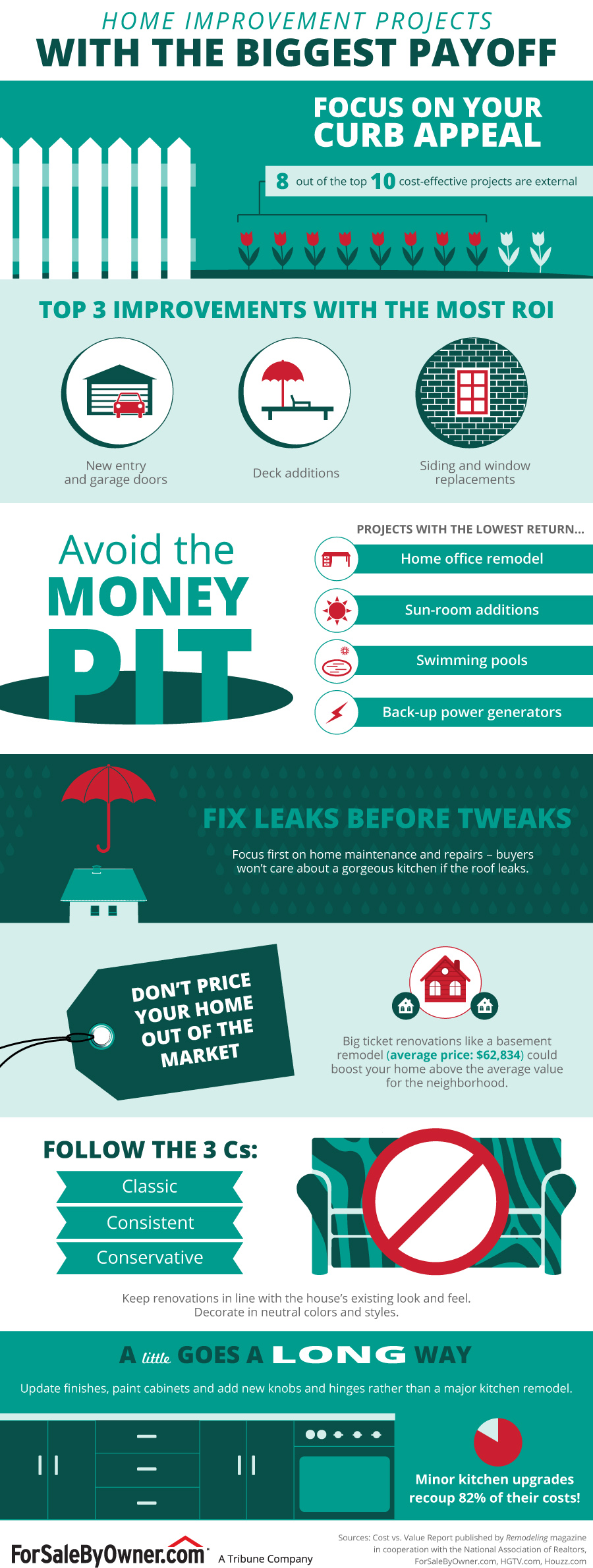Reveal The Keys To An Ecologically Sustainable Cooking Area Transformation
Reveal The Keys To An Ecologically Sustainable Cooking Area Transformation
Blog Article
Post By-Bager Bryan
In the realm of home enhancements, the kitchen stands as a prime focus for sustainability upgrades. A shift in the direction of environment-friendly options throughout a remodel not just boosts the visual appeal but also straightens with environmental responsibility. By very carefully picking materials and home appliances with a concentrate on sustainability, people can change their kitchen areas into eco-conscious spaces that advertise a greener way of life. The trip in the direction of a more environmentally friendly home starts with the heart of the house-- the kitchen area.
Energy-Efficient Home appliances
When embarking on an eco-friendly kitchen area remodel, one vital facet to think about is the unification of energy-efficient home appliances. Energy-efficient appliances are created to consume much less electrical power or gas contrasted to typical models, causing minimized power intake and lower utility bills. These home appliances typically bear the power celebrity tag, suggesting that they meet stringent energy effectiveness standards set by the U.S. Environmental Protection Agency.
By opting for energy-efficient fridges, dish washers, ovens, and other kitchen home appliances, house owners can significantly lower their carbon footprint while enjoying the advantages of modern-day technology. see this website for home appliances with features like clever thermostats, eco modes, and boosted insulation to make the most of energy cost savings.
Investing in these devices not just adds to a greener environment yet also adds worth to the home.
When looking for energy-efficient devices, compare the energy rankings and yearly operating costs to make educated decisions. Furthermore, take into consideration the dimension of the home appliance and exactly how it suits your kitchen area format to make certain a seamless and effective remodel.
Lasting Materials Option
For an environment-friendly kitchen area remodel that focuses on sustainability, picking materials that are eco-friendly and fairly sourced is critical. Going with lasting materials such as bamboo, reclaimed wood, recycled glass, and recycled metal can dramatically minimize the environmental influence of your kitchen remodel.
Bamboo is a fast-growing and renewable energy that makes for sturdy and fashionable flooring, cabinets, and countertops. Reclaimed timber includes character and warmth to your kitchen while decreasing the demand for brand-new timber. Recycled glass kitchen counters provide an unique and environment-friendly choice to standard granite or marble choices. Furthermore, selecting recycled steel for fixtures and equipment can further improve the sustainability of your kitchen area remodel.
When picking products, try to find accreditations such as Woodland Stewardship Council (FSC) for timber products, Cradle to Cradle for overall sustainability, or GreenGuard for indoor air high quality. These certifications guarantee that the products you choose fulfill particular environmental and ethical standards, aiding you create a greener and much more sustainable kitchen area room.
Waste Reduction Techniques
Applying efficient waste reduction techniques is necessary for a truly sustainable and environmentally friendly cooking area remodel. To decrease waste throughout the improvement procedure, consider recovering and repurposing materials from the existing kitchen area anywhere possible. Contribute functional products like closets, home appliances, and fixtures to companies or individuals in need, instead of discarding them. Select items with marginal packaging or those made from recycled products to minimize waste generated during the remodeling task. Additionally, pick sturdy products that have a longer life expectancy to reduce the need for frequent substitutes, which can add to land fill waste.
Throughout Kitchen Remodel With White Cabinets cooking area remodel, set up marked reusing stations for products like cardboard, plastic, glass, and metal to make recycling hassle-free for everyone involved in the job.
Composting natural waste such as food scraps and yard trimmings is an additional effective waste reduction technique that can draw away waste from land fills and develop nutrient-rich dirt for gardening.
Conclusion
Finally, integrating energy-efficient home appliances, lasting materials, and waste decrease approaches in a kitchen area remodel can substantially add to a greener home and a much more sustainable future. By making aware selections to decrease environmental influence and carbon impact, home owners can create a more environmentally friendly living space that profits both the setting and their purses. It is important to prioritize sustainable choices when refurbishing to promote a much healthier planet for generations to find.
